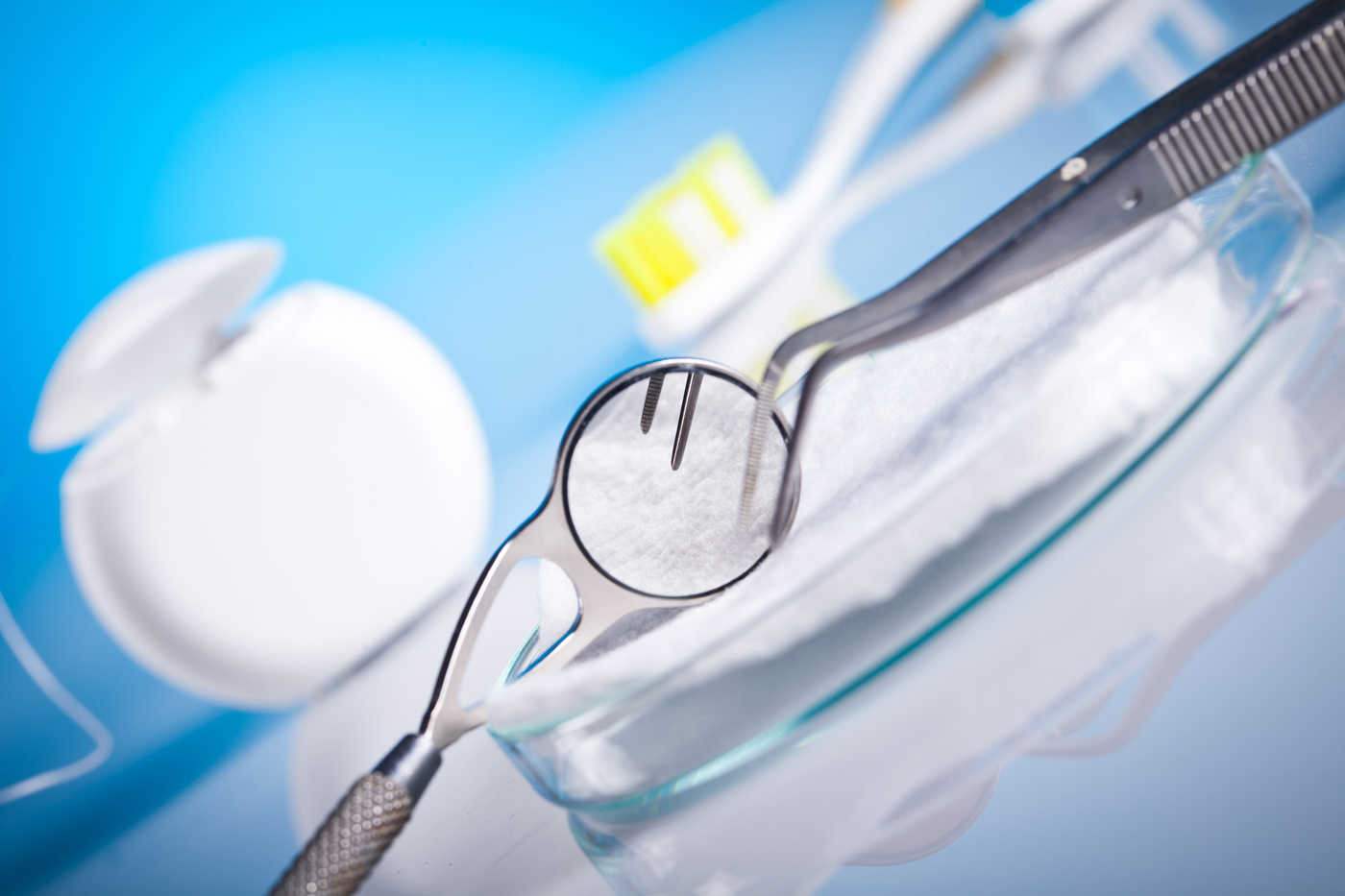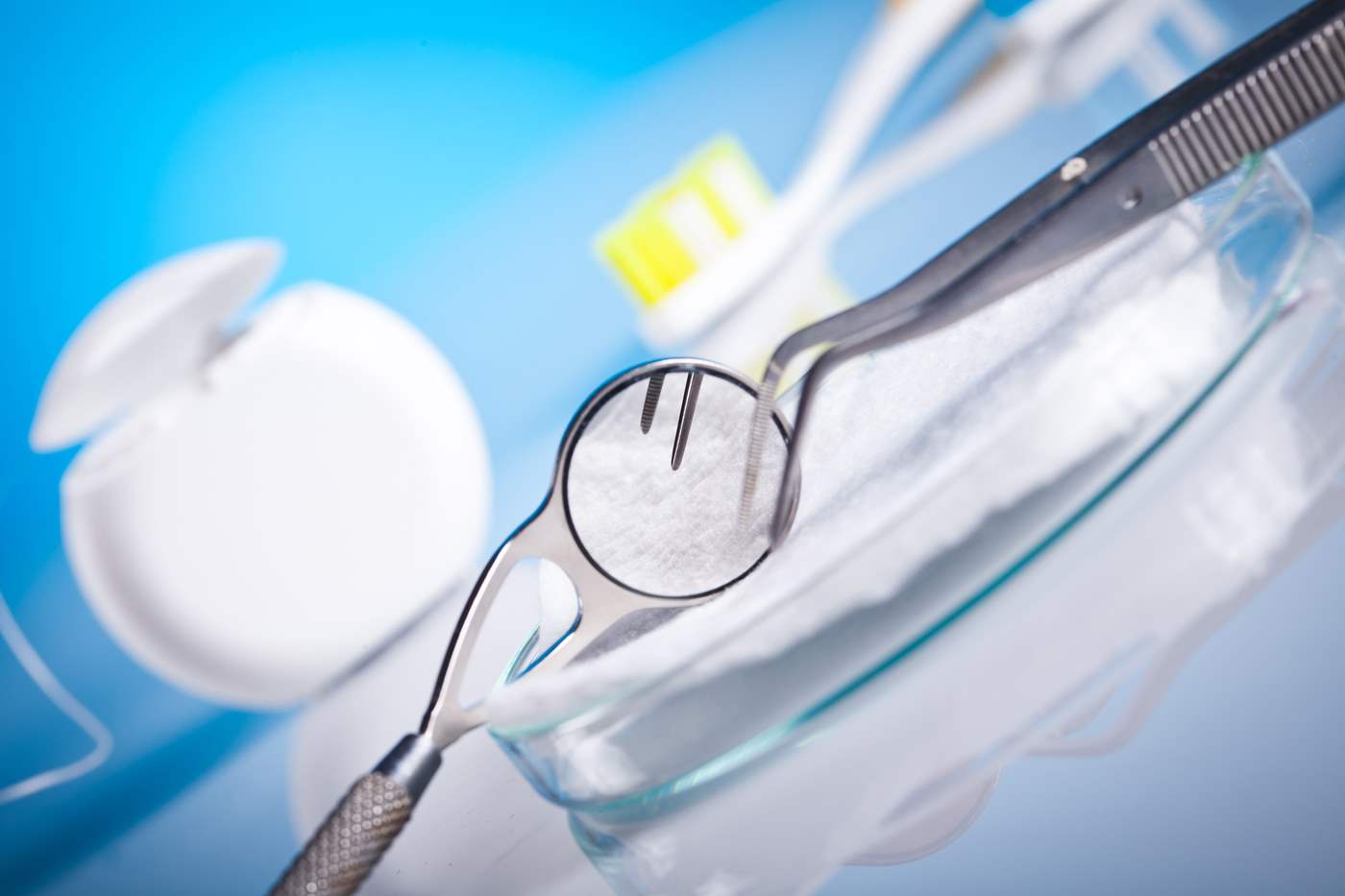Root Canal Therapy
Root Canals Therapy. Learn about the root canal therapy. How to open and drain, shape and fill the canal.
For all your dental needs, call to schedule an appointment 833-ZAK-TEAM.
 call 833-925-8326
call 833-925-8326

Root Canals Therapy. Learn about the root canal therapy. How to open and drain, shape and fill the canal.
For all your dental needs, call to schedule an appointment 833-ZAK-TEAM.

Learn about early caries in children which is a devastating problem in young kids.
For all your dental needs, call to schedule an appointment 833-ZAK-TEAM.

Learn about the bone grafting procedure recommended for patients having wisdom teeth extractions.
Bone grafting procedure provided at Zak Dental offices in Agoura Hills, Downey, Long Beach, San Diego, Covina/San Dimas, Simi Valley, Temecula, Valencia, Ventura, North Park, Santa Barbara and Whittier/La Mirada, California.

Antibiotics and their indication in dentistry. When to use antibiotics? How much to use? What type of antibiotic to use? According to the Center of Disease Control and Prevention more than 2 million people in the US are hospitalized and more than 23,000 die each year from superinfections caused by antibiotic resistant bacteria.

Inlays and Onlays also known as indirect fillings, offer a well-fitting, stronger, longer lasting solution to tooth decay or similar damage. Unlike direct restorations such as composite resin or Amalgam fillings, Inlays and Onlays Inlays are extremely stable restorative solutions for the treatment of decay.

Mouth Guards in Sports. Each year more than 5 million teeth are either avulsed or displaced due to a sports injury. In many cases the loss or damage to teeth can be attributed to the absence of a mouth guard or to a poorly fabricated or ill-fitting one.

Oral Cancer Screening Exam. Dr. Kopel explains how important is to have the oral cancer screening in order to detect any sign of cancer, and how this exam is conducted in Dr. Zak dental offices located in Agoura Hills, Downey, Long Beach, San Diego, Covina/San Dimas, Simi Valley, Temecula, Valencia, Ventura, North Park, Santa Barbara and Whittier/La Mirada, California.

Sports Injuries in our Youth. A question that crosses every parent’s mind, especially if their child is involved in any organized sports is, ‘will my son or daughter get injured playing? And because my child is young and still growing, is there any way for me to lessen the severity of a potential injury.

Sports and Dental Injuries in Children. Dental injury in sports is a commonly encountered issue for both children and adults. All sports carry a risk for injury while contact sports carry the highest risks for dental related injuries. Parents who actively enroll their children in sports must be aware of the potential risks for dental injury in order to make the necessary measures to minimize them.

Dental Sports Guards . Over the counter dental sports guards are cheaper than the custom ones made by the dentist. The reason is that the material used for over the counter sports guards are not durable and very thick. Also they are ill fitting and uncomfortable.